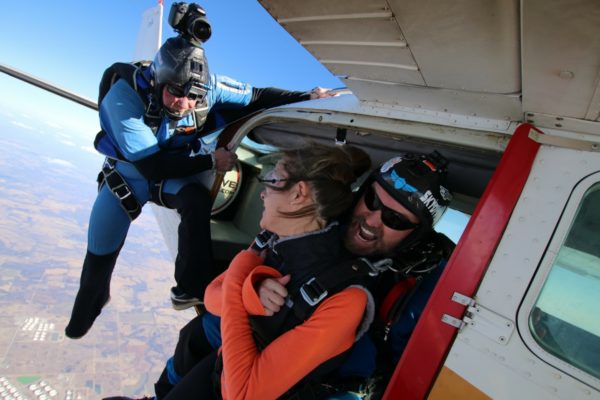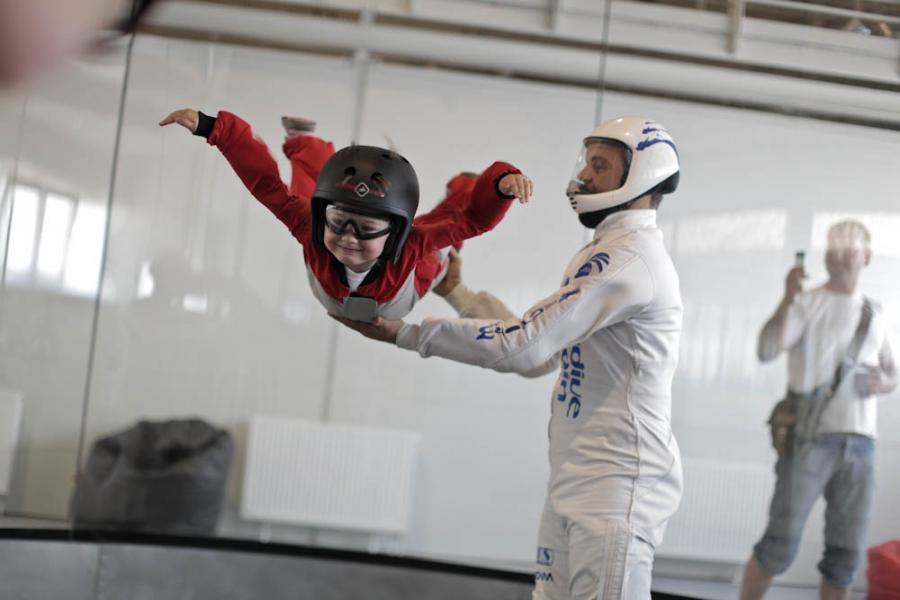

Tunnels began to spring up all over the place, with bigger and fancier examples opening on a month by month basis. The result was that nobody but SkyVenture could build tunnels is the USA (and a few other places, like Britain and Australia) but everywhere else anyone with the means to do so could have at it. A claim that American lawyers found merit in, though was objected to by European lawyers. The really short version of the story is this: SkyVenture tried to sue ISG out of existence by stating that they owned the very concept of an indoor skydiving wind tunnel. An outfit called Indoor Skydiving Germany started putting up designs that were kind of different but kind of the same as the others which made SkyVenture very mad and sad, and legal shenanigans began. Seeing the potential, other companies also started to build tunnels - most notably in Europe.

Tunnels began to make a lot of money - great big piles of money. The designs continued to evolve, with things like recirculating air, temperature control and bigger flight chambers lowering the noise and expanding the market.
#IDIVE INDOOR SKYDIVING OKLAHOMA HOW TO#
Very soon, the first modern generation of tunnel instructors quickly set about flinging themselves into the walls to figure out how to fly the new way, and to then develop safe ways to pass their skills on to others. Crucially, there was now one in Arizona that was fast enough to freefly in. Quickly proven as an effective training method for skydiving, money was being made by indoor skydiving - and new designs were being approved and put into construction.

Through serendipity or some kind of convergent evolution of thought, this was exactly the same time that some people in the sky were figuring out new ways to fall by using their bodies to control speed, angle and orientation and fly freely through all available axis – this new development would be called Freefly. An electric solution that would use a vacuum instead of the expulsion of air outwards, and it would be fast. In the late 90’s a US company called SkyVenture filed a patent for a new kind of tunnel.

Looking back on these initial designs through modern eyes these contraptions were not up to much – with low power and massive suits - but the door was now open. By pointing old aircraft engines upwards though a steel net and padding the surrounding area, a product was created and the experience then sold to skydivers and ground-dwelling folk alike. Naturally, the next step was turning it into money. Humans are a predictable species, so after some lunch-break conversations in the 60’s - a NASA employee called Jack Tiffany got inside to give it a go. Vertical tunnels were first created during the inter-war period of the last century as a means to test aircraft designs, parachutes and such, and then grew progressively in scale along with our ambitions to kill each other in new and exciting ways. Modifications to reservation dates and times cannot be done any other way.As is true with much technology, wind tunnels began as a military thing.


 0 kommentar(er)
0 kommentar(er)
